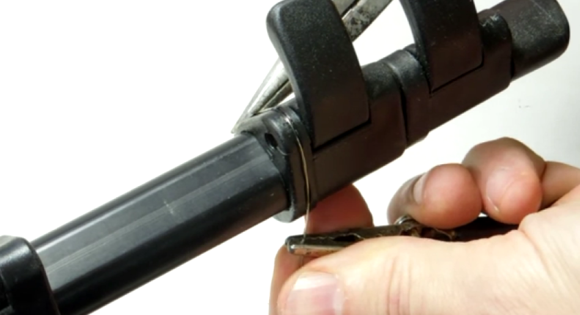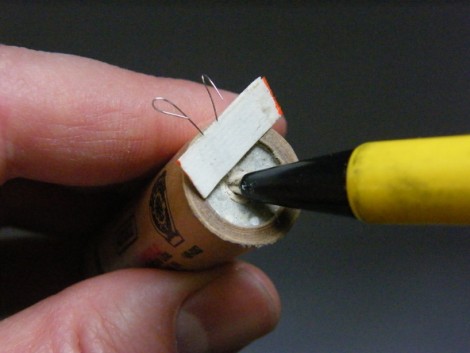
It’s a real bummer when injection molded plastic parts break. We’ve never found a gluing technique that works for a part which is exposed to force like the clamp on this camera tripod. But [Matthias Wandel] may be on to something. Here he’s using nichrome wire to reinforce the broken plastic part.
The repair process is demonstrated in full in the video after the break. He scavenged the wire from the heating element of broken hair driers. the idea is to wrap the wire across the broken piece, then apply power from a bench supply. This heats the wire, which can then be pulled beneath the surface of the plastic. [Matthias] likens it to using rebar in concrete.
His implementation could be improved just a bit. Getting the wire to embed evenly is a problem, but using a pair of pliers instead of just alligator clips may yield better results.
Continue reading “Using Nichrome Wire To Repair Broken Plastic Parts”












